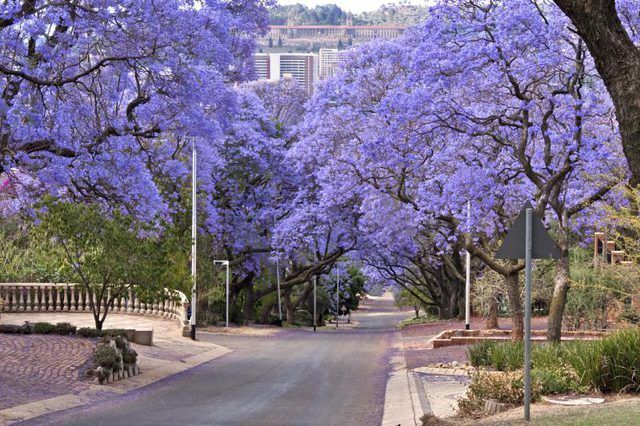Bulbs
Flower Basics
Flower Beds & Specialty Gardens
Flower Garden
Garden Furniture
Garden Gnomes
Garden Seeds
Garden Sheds
Garden Statues
Garden Tools & Supplies
Gardening Basics
Green & Organic
Groundcovers & Vines
Growing Annuals
Growing Basil
Growing Beans
Growing Berries
Growing Blueberries
Growing Cactus
Growing Corn
Growing Cotton
Growing Edibles
Growing Flowers
Growing Garlic
Growing Grapes
Growing Grass
Growing Herbs
Growing Jasmine
Growing Mint
Growing Mushrooms
Orchids
Growing Peanuts
Growing Perennials
Growing Plants
Growing Rosemary
Growing Roses
Growing Strawberries
Growing Sunflowers
Growing Thyme
Growing Tomatoes
Growing Tulips
Growing Vegetables
Herb Basics
Herb Garden
Indoor Growing
Landscaping Basics
Landscaping Patios
Landscaping Plants
Landscaping Shrubs
Landscaping Trees
Landscaping Walks & Pathways
Lawn Basics
Lawn Maintenance
Lawn Mowers
Lawn Ornaments
Lawn Planting
Lawn Tools
Outdoor Growing
Overall Landscape Planning
Pests, Weeds & Problems
Plant Basics
Rock Garden
Rose Garden
Shrubs
Soil
Specialty Gardens
Trees
Vegetable Garden
Yard Maintenance
How to Grow a Jacaranda Tree (Jacaranda mimosifolia)
How to Grow a Jacaranda Tree (Jacaranda mimosifolia). Delicate, fernlike foliage and clusters of lavender blue, trumpet-shaped flowers make jacaranda (*Jacaranda mimosifolia*) a highly ornamental tree. Adding to jacaranda's attractive features are its vase-shaped or spreading structure and arching or bent trunks covered in light gray bark, though...

Delicate, fernlike foliage and clusters of lavender blue, trumpet-shaped flowers make jacaranda (Jacaranda mimosifolia) a highly ornamental tree. Adding to jacaranda's attractive features are its vase-shaped or spreading structure and arching or bent trunks covered in light gray bark, though these can make the tree hazardous when unpruned. The jacaranda tree is hardy in U.S. Department of Agriculture plant hardiness zones 9B through 11 and grows 25 to 50 feet tall and 45 to 60 feet wide.
Sun and Soil
A jacaranda tree grows well in sunny spots and well-drained, sandy loam soil. Eight hours of sunlight every day provides the most flowers, though a young tree tolerates partial shade and grows quickly.
A jacaranda tree tolerates slightly alkaline or acidic soil, and grows on poor, shallow soil, which may encourage good flowering. This tree doesn't tolerate heavy clay or waterlogged soil.
Space a jacaranda tree so that its trunk is 45 to 60 feet away from the trunk of the next jacaranda tree.
Water Needs
Consistently moist soil provides the best growth in a jacaranda tree, but an established tree also tolerates drought. Water a jacaranda tree less than four years old when the soil surface is dry, applying enough water to moisten the soil to the depth of the root ball.
Water a tree four years old and older when the soil is dry to a depth of 3 inches. Jacaranda grows well in areas that receive about 35 1/2 to 51 inches of rainfall per year.
Fertilizer for Jacaranda
A poorly growing jacaranda tree might benefit from fertilizer. Signs of poor growth include a stunted appearance and small, pale leaves. However, avoid overfertilizing; an overfertilized tree may grow quickly and produce plenty of dark green leaves but few flowers.
Fertilize a poorly growing jacaranda tree with ready-to-use 12-4-8 fertilizer granules. Evenly sprinkle the granules over the area beneath the tree canopy, but avoid the trunk, at a rate of 4 tablespoons per 4 square feet. Apply the fertilizer when new growth appears in spring, and every three months until the leaves fall. Water thoroughly after each application.
Strong Structure
Pruning provides a strong, safe structure in a jacaranda tree. Wipe a pruning saw blade with a cloth that was soaked in rubbing alcohol, before and after pruning a jacaranda tree. When pruning a tall tree, stand stepladders or a ladder on a firm, flat surface, and don't climb to the top rung of the ladder. Also avoid leaning out away from the ladder. To ensure safety, leave pruning tall, mature trees to a professional.
Prune jacaranda in winter or early spring, before new growth appears. Prune dead and diseased branches, branches that are crossing, and branches that are more than half the diameter of the trunk. Cut upward 1 or 2 inches into the lower side of the branch, just outside the raised ridge where the branch joins the trunk. Cut downward from the upper side of the branch to meet the lower cut.